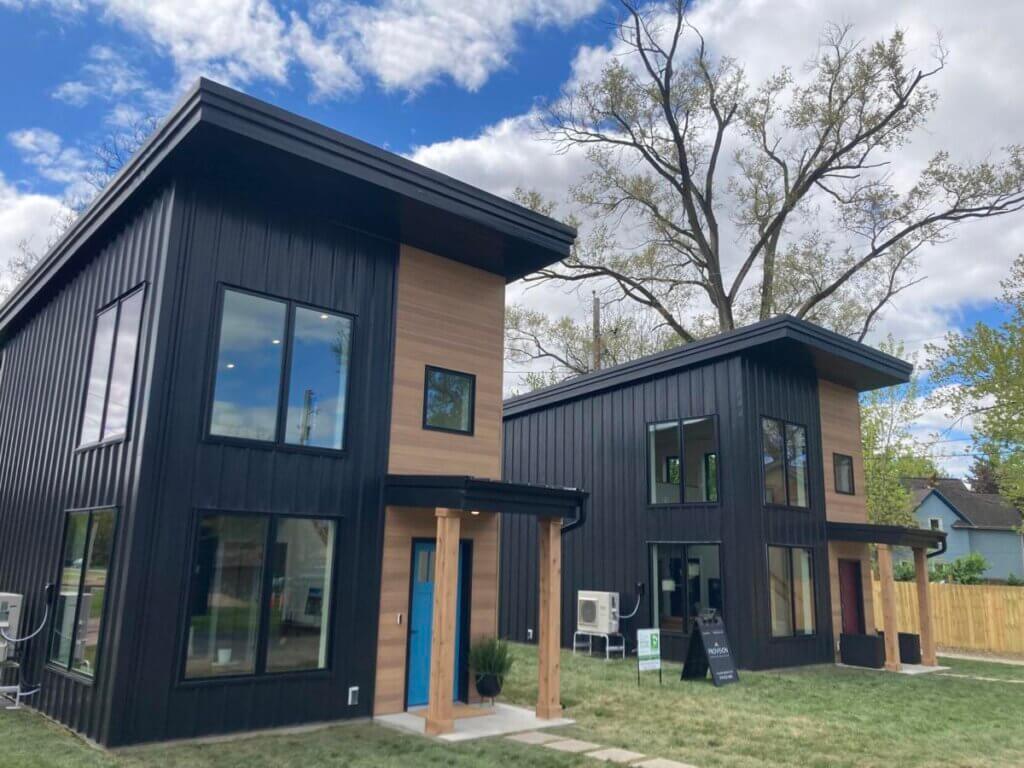Furthering Fair Housing Through the RHNA Process in California
Published On August 13, 2020
As part of our commitment to the education and professional development of UC Berkeley students, the Terner Center highlights exceptional student work that connects to our mission and research agenda. The analyses and policy proposals put forth in these projects may not be reflective of the official position of the Terner Center.
The dual crises currently facing the country have brought into sharp relief the enduring racial disparities faced by Black Americans that are rooted in decades of discriminatory housing policies. While the federal government has stepped back from its obligation to tackle the legacy of housing discrimination through the termination of HUD’s Affirmatively Furthering Fair Housing (AFFH) rule, California has doubled down in recent years on its commitment to promote fair housing. In 2018, the legislature passed several bills, including AB 1771 (Bloom) and SB 828 (Wiener), which require regions to affirmatively further fair housing when allocating housing need through the Regional Housing Needs Allocation (RHNA) process. Through AB 686 (Santiago) state and local agencies are also required to affirmatively further fair housing when administering all programs and activities, which California’s Department of Housing and Community Development recently affirmed its intention of enforcing.
As California prepares to enter the next cycle of RHNA, a process through which the state sets regional planning goals for housing production, it has an opportunity to advance the state’s fair housing goals by allocating housing need in a way that meaningfully promotes inclusive communities while also encouraging more sustainable development patterns. However, my research—conducted for HCD during my graduate work at UC Berkeley’s Goldman School of Public Policy—suggests that developing an equitable methodology for allocating RHNA is not as straightforward as it might sound. Several Councils of Government (COGs) have already developed 6th cycle RHNA allocation methodologies that aim to comply with RHNA’s revised statutory objectives and AFFH obligations, but these efforts have at times risked falling short.
In Best Practices for Allocating and Evaluating RHNA I find that 6th cycle methodologies don’t rigorously consider economic and racial inequality when determining how much total RHNA to allocate to cities—which limits a region’s ability to proactively promote a fair distribution of RHNA. Rather, allocation methodologies tend to put a large emphasis on the location of the current transit system. While COGs are required to promote more efficient development patterns that reduce greenhouse gas emissions when allocating RHNA – putting too much emphasis on transit can funnel a disproportionate share of RHNA into lower-income areas, given that transit stops are often located in these communities. Further, COGs tend to rely heavily on the land use projections in their Sustainable Communities Strategy (SCS) to allocate RHNA, which sometimes incorporate factors—such as a jurisdiction’s current zoned capacity—that result in anti-growth jurisdictions receiving smaller RHNA allocations.

Despite these challenges, there are lessons we can learn from COGs that have already gone through the 6th cycle allocation process. For one, there are a variety of rich datasets—including measures of opportunity, segregation, and job access—that COGs who have yet to finalize their 6th cycle methodologies could incorporate and adapt to better ensure each city’s RHNA allocation represents its fair share of the housing need. Putting more weight on these objective, external data sources, and less weight on factors that might allow local input to stymie equity goals—such as the land use projections in the SCS—could help ensure allocations are fair and objective. Further, COGs can do more to incorporate strategies that simultaneously promote RHNA’s equity and environmental objectives—rather than pitting these objectives against one another—such as promoting a better jobs-housing balance. These lessons may not only be useful to COGs who have yet to finalize their 6th cycle methodologies, but can also be applied by COGs looking to improve their 7th cycle methodologies, local cities working on their draft Housing Elements, and legislators looking to introduce new legislation to further refine the RHNA process.
Given the importance of this issue, the Terner Center hosted a roundtable discussion on the RHNA allocation process and California’s fair housing obligations in August 2020. Watch the video of the panel discussion our website here.





